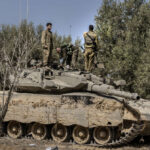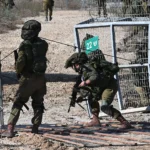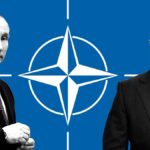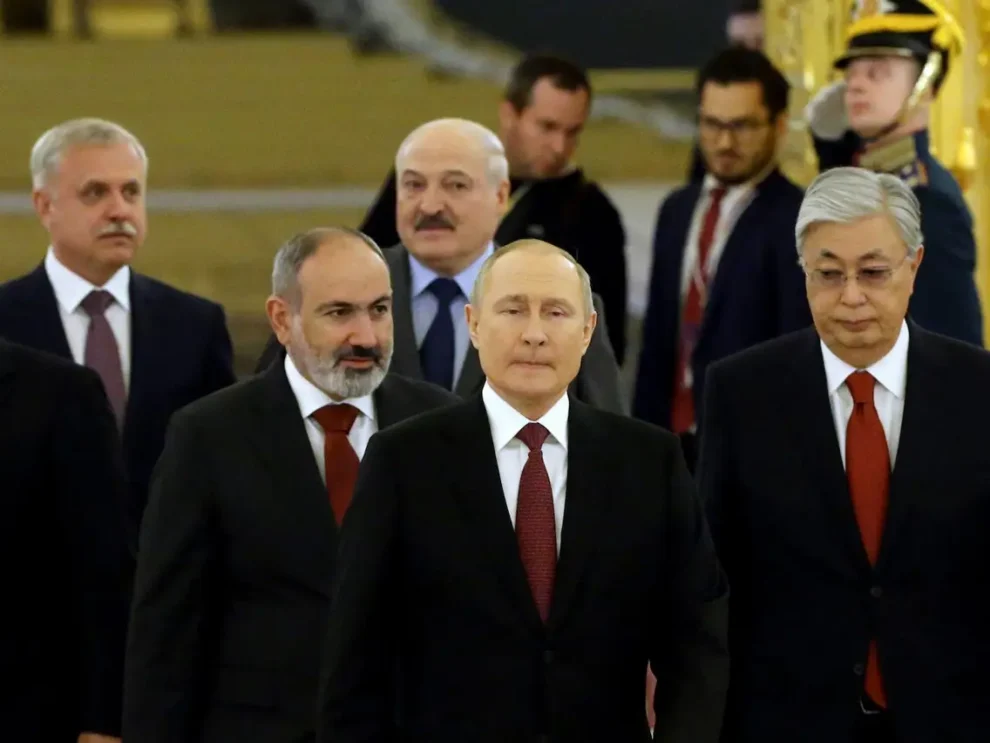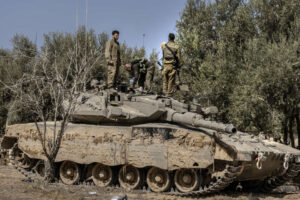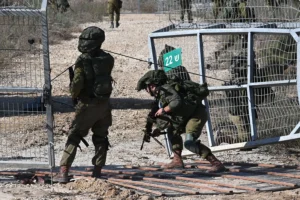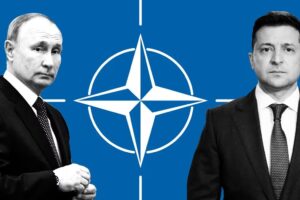- Putin’s military alliance is beset by new tensions following Russia’s faltering invasion of Ukraine.
- Some member states have snubbed Putin, declined to offer support, or turned to the West.
- The CSTO, Russia’s NATO equivalent, was never a powerhouse, but its relations have become strained.
Russian President Vladimir Putin has his own version of the NATO military alliance, made up of post-Soviet states.
But the Collective Security Treaty Organization, which was never as powerful or cohesive as Russia would have liked, has been increasingly creaking since Russia launched its invasion of Ukraine, experts told Insider.
Some of its members have made unprecedented public snubs against Putin, and experts say they’re conscious of Russia’s poor military performance over the past year, with questions over how well Russia could protect them.
Some may even fear becoming Russian targets.
The University of Birmingham’s Jaroslava Barbieri, an expert on Russia and post-Soviet states, told Insider that the CSTO was “almost like an attempt to imitate NATO but in the post-Soviet space.”
But, she said, it’s now “really showing cracks.”
Snubs from allies
As Putin has become more isolated since the invasion of Ukraine in February 2022, CSTO members have made up some of his few remaining allies, with close cultural, historical, and military ties, as well as economies that heavily rely on Russia.
In addition to Russia, the CSTO consists of Armenia, Kazakhstan, Belarus, Kyrgyzstan, and Tajikistan, all once part of the Soviet Union.
But some have committed a series of apparent snubs against Putin since the invasion began.
These include Tajikistan’s president demanding more respect, despite his country’s small size, in front of Putin in October; Kazakhstan looking for closer ties with the West and denying Russia’s request to send troops at the start of the invasion; and Armenia’s prime minister criticizing the effectiveness of the CSTO to Putin’s face and physically distancing himself in November from Putin in a group photo with alliance-member leaders.
Other snubs included Kazakhstan sending aid to Ukraine, Armenia and Kazakhstan voting in favor of a UN resolution that noted in April the “aggression by the Russian Federation against Ukraine,” and Armenia turning to France for help with a regional conflict after getting frustrated with the CSTO’s response.
Peter Frankopan, an expert on Russian and Balkans history at Oxford University, told Insider that the countries seemed unhappy with Russia: “It is certainly true that Putin looks like his status has been downgraded.”
And Frankopan said the likely snubs appeared calculated.
“It is bold, but it is not done without thought or care. It would not seem to me unreasonable to suppose that there have been detailed backroom discussions,” he added.
Putin wants his own NATO
Putin has positioned NATO as his biggest enemy, justifying the invasion of Ukraine, in part, by saying he was trying to stop NATO’s expansion toward Russia’s borders.
Ironically, the invasion has strengthened NATO, with nearby Finland joining, effectively doubling the length of the Russia-NATO border.
One of NATO’s key tenants is collective defense: If one member is attacked, it’s as if all were.
The CSTO has a similar agreement. But the workings of the CSTO cast doubt on whether it could ever reasonably compete with NATO.
In September, Armenia called on the CSTO for help during border clashes with Azerbaijan. The alliance limited its response to sending its secretary-general and offering to form a working group.
Armenian Prime Minister Nikol Pashinyan called the response “depressing” and said it was “hugely damaging to the CSTO’s image both in our country and abroad.”
Source: Business Insider

